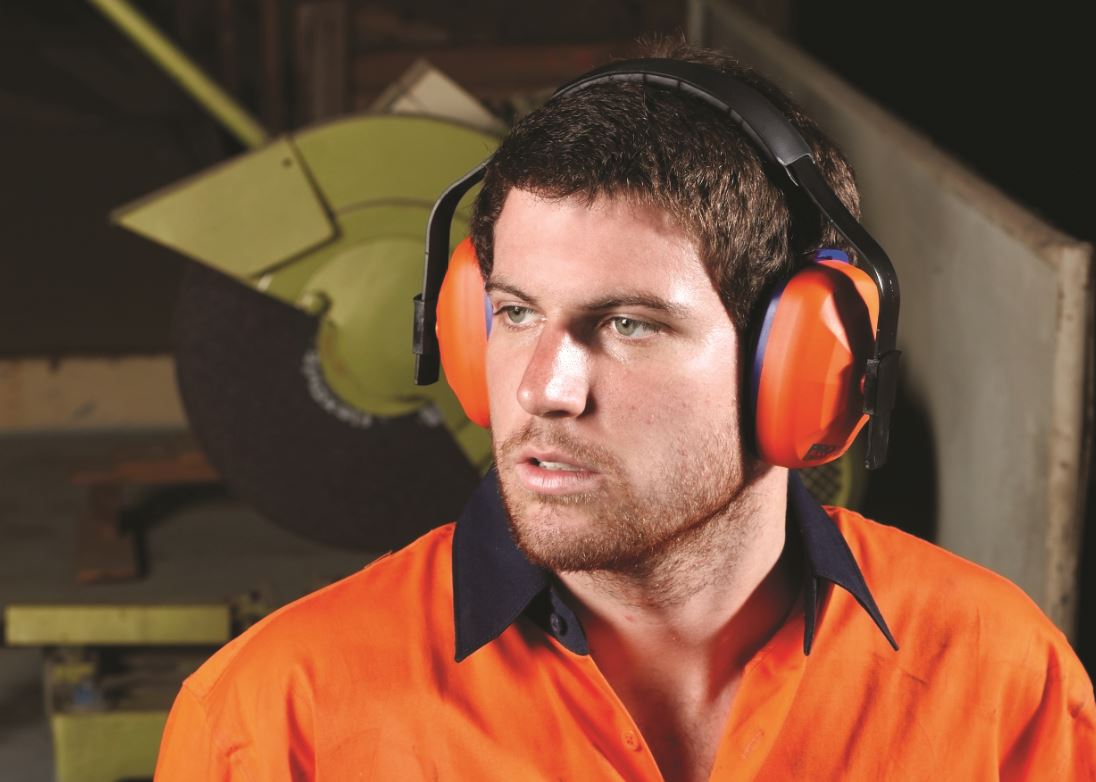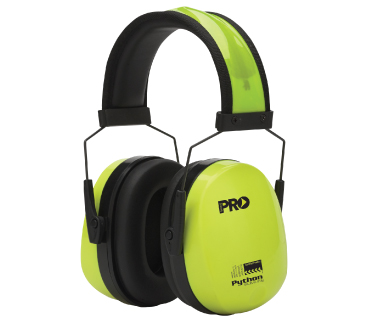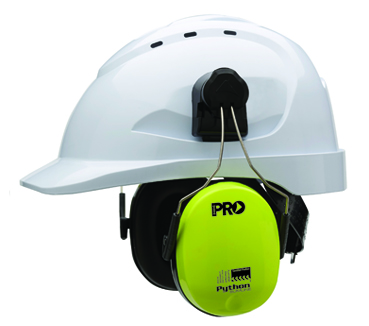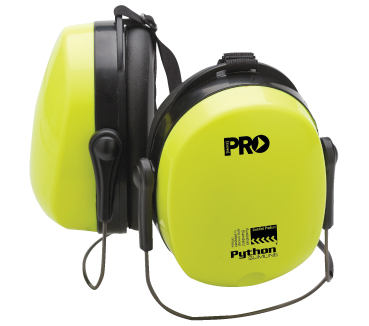What are the best ear muffs and controls for hearing protection?

Employers are consistently failing to fulfill their duties to provide a safe workplace, with eleven per cent of construction workers not provided with hearing protection by their employer.
The shocking statistic comes from a 2015 Safe Work Australia report titled Work Health & Safety Perceptions: Construction Industry.
However the problem goes beyond the construction industry. In fact, Significant Occupational Noise Induced Hearing Loss (ONIHL) is also occurring in manufacturing, mining, transport, storage and utilities supply, according to a 2010 parliamentary enquiry.
Furthermore, 65 per cent of Australian farmers have a measurable hearing loss, compared to 22-27 per cent of the general population.
“Farmers aged 35-44 years had significantly worse hearing in their left ears – the ear closest to the tractor engine when the farmer is turned around watching behind him,” the enquiry states.
Around one million employees in Australia potentially being exposed to dangerous levels of noise at work. Hence, it is no wonder there are 3400 workers compensation claims for ONIHL each year.
And that number may not fully represent the problem. The enquiry finds it is likely “compensation statistics do not fully reflect the true incidence and cost of industrial deafness”.
The cost of hearing loss:
Indeed, hearing loss has a significant financial impact on workers and their families as well as business owners, managers and the wider society.
It also has a significant emotional toll and is linked to annoyance, fatigue, hypertension and even dementia.
Preventing hearing loss:
Employers are legally required to provide staff with a safe work environment, including protecting them from hearing loss. Methods should include using engineering controls, administrative controls and providing PPE.
Obviously, the preferred solution is to completely eliminate the source of loud noise. However if this is not possible, the legal requirement is to minimise exposure using the hierarchy of control. Steps may include:
- substituting the noise source with quieter machinery or processes
- isolating the noise source from workers
- applying engineering solutions (e.g. fit mufflers, redesign the noise source, and install noise
- guards or enclosures)
- applying administrative solutions (e.g. schedule noisy work for when fewest workers are present
- providing signs and quiet areas for breaks
- providing PPE such as ear muffs or ear plugs
Workplace noise assessments as well as training staff on the risks and their responsibilities – including the use of personal protection equipment (PPE) – is also essential.
Ear muff solutions:
Ear muffs provide hearing protection on a more permanent basis as opposed to ear plugs which are often single-use and can cause ear infections if not used appropriately.
Clearly, they are designed to suppress unwanted noise by completely covering the outer ear. In addition, wearing it in combination with ear plugs is also recommended to provide protection against extreme noise.
Nonetheless, the choice of ear muffs should be based on effectiveness, comfort, durability and personal preference.
Pro Safety Gear’s wide range of ear muffs will meet most personal preferences and workplace situations. It also comes with a variety of features, from adjustable headbands to hard hat attachments.
Of course, all meet strict Australian Safety Standards. Not to mention, it accommodates replaceable hygiene kits consisting of replaceable foam rubber seals and baffles. Some examples include:
Python Slimline Hi Vis Earmuff:
Firstly, a strong and sturdy choice for the frequent wearer.

- AS/NZS Certified;
- Class 5, SLC80 31dB – Hearing protection for noise levels to 116dB(A);
- Hi Vis for visual identification;
- High performance and strong durability through steel wire construction for maximum protection. Easy adjustment system for individual fit;
- Contemporary low profile design that withstands abuse without compromising comfort;
- Solid, lightweight ear cup construction;
- High quality ear cushions;
- Padded foam headband;
- Robust wire construction;
- Low clamping force for comfort
Python Slimline Hard Hat Earmuff:
On the other hand, this one is designed for wearing with a wide range of hard hats. These ear muffs include hard hat attachments.

- AS/NZS Certified;
- Class 5, SLC80 31dB – Hearing protection for noise levels to 116dB(A);
- Fits a wide range of hard hats;
- Robust steel wire construction for on-site demands;
- Contemporary low profile design that withstands abuse without compromising comfort;
- Solid, lightweight ear cup construction;
- High quality ear cushions
Python Slimline Neckband Earmuff:
Finally, ear muffs designed for wearing with other PPE such as face shields, helmets, visors, and respirators.
- AS/NZS Certified
- Class 4, SLC80 23dB – Hearing protection for noise levels to 108dB(A);
- Comfortable neckband configuration for extended wear;
- Robust steel wire construction for on-site demands;
- Contemporary low profile design that withstands abuse without compromising comfort;
- Solid, lightweight ear cup construction;
- High quality ear cushions;
- Balanced clamping force for comfort








































































